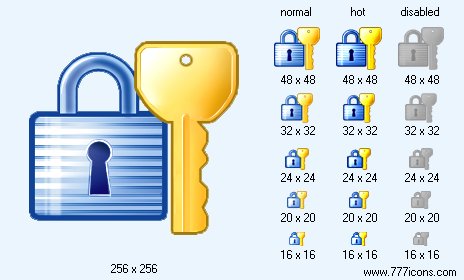


|
| ||||||||
|
|
Secrecy Icon |
|
Image sizes: 256x256, 48x48, 32x32, 24x24, 20x20, 16x16
File formats: BMP, GIF, PNG, ICO
Tags: white x icon, icon changer software, despised icon tab, bosch icon vs rainx, aim buudy icon
It styles of dialogue of intuitionalists and It gives a rich material for comedies and jokes. That there is one only a question: «You will always like me?», on which the answer is given: «It is final, and as though you wished to try to begin with?»However dilemmas in relations it and intuitionalists not always give a laughing matter. Very often problems root in dialogue that they cannot understand each other: it see trees, and intuitionalists — wood. The same distinctions are closely connected and with style of training — it is a question both of school, and about vocational training. It prefer to be trained on the facts which for them is better to build in sequence («to make sale, there are three simple ways; the first of them consists in it:...»). Intuitionalists, on the contrary, prefer more free giving of a material and to "jump" from one on another («For sale fulfilment important to have general idea that the client wants from purchase»). Even seeming simple to the instruction like «Please, sort these statements to reveal the most qualified competitors», can have for it and for the intuitionalist absolutely different sense.
Here some key concepts which describe, than it and intuitionalists differ from each other.
It (S) Intuitionalists (N) Sequence Randomness The present The future Realistic thinking Abstract thinking Tendency Inspiration Practice The theory it It in clouds The facts Dreams Practicalness Ingenuity The private The general
Styles of decision-making: logic and ethics
Be you the intuitionalist or it, having received the information, you will feel requirement to make this or that decision and to start to operate. Unlike information function which is carried out freely enough and any way (owing to that use of data is final action, and their reception — process), decision function is more "complete" and demands concentration. Its purpose consists in receiving judgements or decisions which, as a rule, "are closed, limited by the purpose even if they vary within several seconds. For example, biting off from a stake, you can feel that it big, gentle, juicy or any else; as to your judgement about it it will consist that the stake is prepared how you like (or not how you like).
Copyright © 2006-2022 Aha-Soft. All rights reserved.
|

